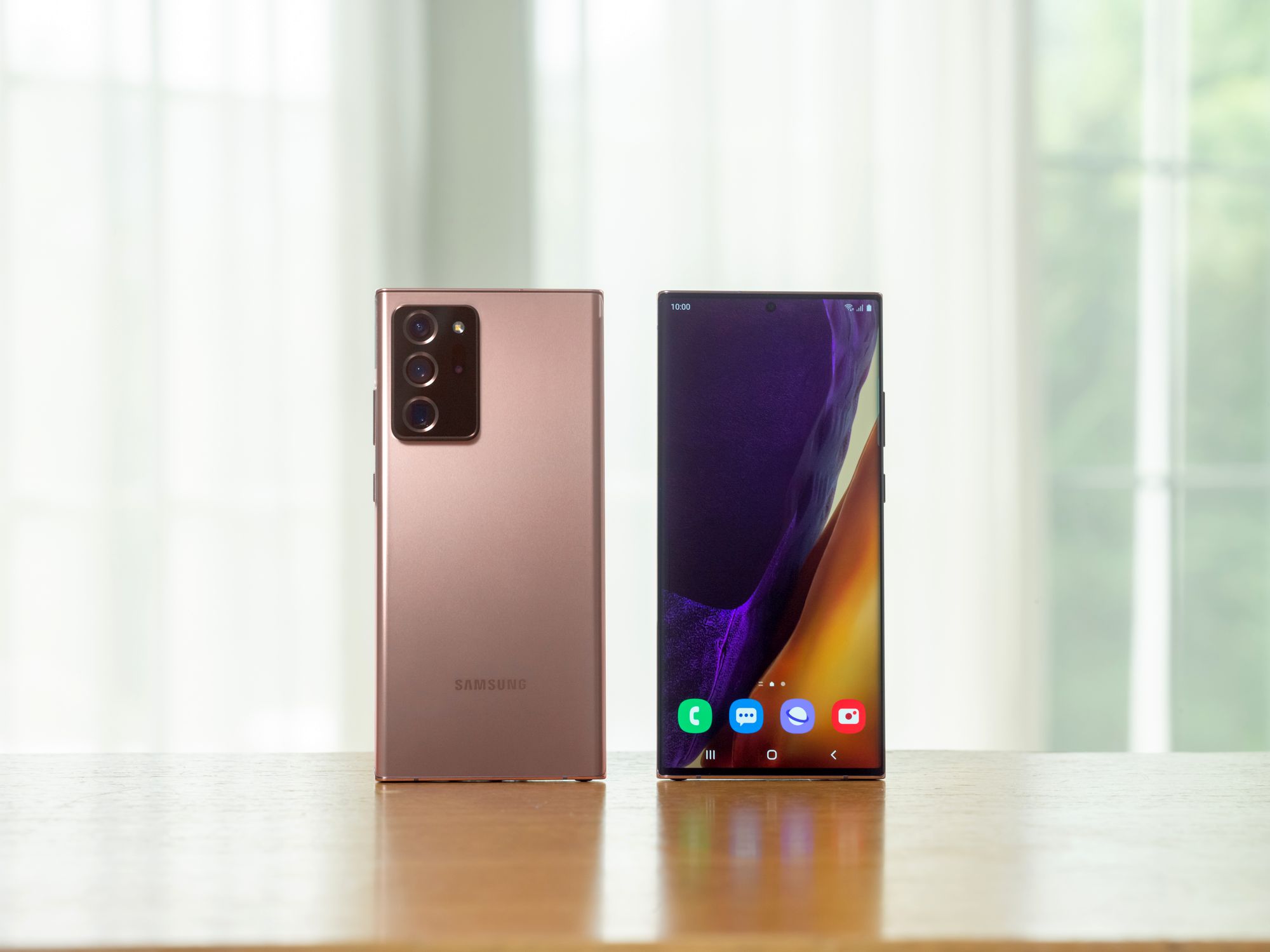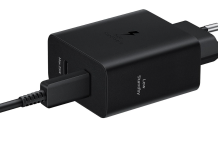A few days ago, Samsung officially launched the Galaxy Note20 Ultra flagship smartphone. Although there are several new and powerful features on the device, the Galaxy Note20 Ultra isn’t as powerful as the Galaxy S20 Ultra which was launched earlier this year.
It is the first device to come with Samsung Display’s Lower Display Power Technology named HOP and the newly launched Corning Gorilla Glass Victus.

For the display, there’s low-temperature polycrystalline oxide (LTPO) thin-film transistor (TFT) technology, reports The Elec. It is a combination of the best qualities of low-temperature polycrystalline silicon (LTPS) TFT and oxide TFT.
The LPTO technology is claimed to reduce the power consumption of OLED panels by 15 percent to 20 percent compared to LTPS. It even saves battery life when using AR and VR technology, as well as 5G connectivity.
EDITOR’S PICK: TikTok warns it might go to court against Trump’s executive order banning the app
The technology was first used by LG for the OLED panels on Apple Watch in 2018 and then Samsung used the same tech for the Galaxy Watch Active2 a year later. Now, Samsung is expected to use this HOP technology for next year’s Apple iPhone as well.
As for the camera, the Note20 Ultra packs 108-megapixel wide-angle lens, a 12-megapixel telephoto lens, and a 12-megapixel ultra-wide sensor on the back. In comparison, the S20 Ultra features a 48MP telephoto lens. The Note20 Ultra also lacks a 3D ToF sensor and instead, comes with a laser auto-focus sensor.
Also, the company has reduced the 100x Space Zoom feature of the S20 Ultra to just 50x Space Zoom on the Note20 Ultra. But, the 5x optical zoom support remains intact. While the camera output may offer better results, on paper, the camera configuration doesn’t seem as powerful as S20 Ultra.
UP NEXT: Kospet Raptor rugged smartwatch launched with a 1.3-inch display, 230mAh battery, and IP68 certification for $37.99







